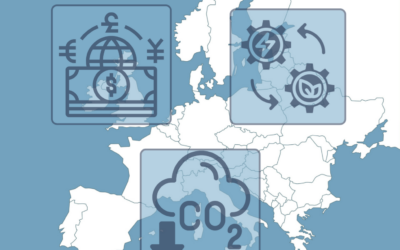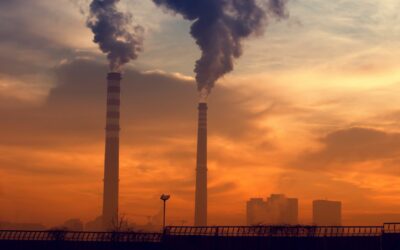This new brief from Sandbag sets out why expanding the scope to cover chemicals, polymers and refinery products is a critical and achievable next step for the CBAM.

The European Commission is reviewing whether more products should be brought into the scope of the Carbon Border Adjustment Mechanism (CBAM). Sandbag’s latest brief makes the case for expanding the CBAM to include organic chemicals, polymers, and refinery products — a significant gap in the current coverage.
About the brief
The objective of the CBAM is to prevent carbon leakage as free allocation under the EU ETS is phased out. While some key products like steel, aluminium and fertilisers are already covered, most chemicals remainexcluded — despite chemical plants and refineries accounting for about 30% of EU ETS industry emissions.
This policy brief explains why including more chemicals in the CBAM is necessary, and how key value chains can be covered initially, with a phased and targeted expansion of coverage over time.
Key findings
- Free allocation under the EU ETS is not fit for purpose – it creates market distortions and discourages investment in low-emission alternatives.
- The chemical and refinery sectors received 163 million free allowances in 2023, worth approximately €13 billion, yet the EU chemicals sector suggests carbon leakage is still taking place
- CBAM inclusion would create a more level playing field with carbon-intensive imports while providing better incentives for reducing emissions in the EU
- The complexity of the sector should not be considered an obstacle – initially the focus should be on including key value chains, with expansion of coverage over time
- Starting with key basic organic chemicals, their downstream polymers and upstream refinery products would be the simplest approach that would enable the phase out of most free allocation, while preventing avenues for circumvention.
Related publications
Strengthening the CBAM — by default
Sandbag’s August 2025 brief calls for systemic default values to close CBAM loopholes—addressing scrap and cement circumvention, electricity imports, and indirect emissions.
Extending the CBAM to indirect emissions
Sandbag’s latest brief outlines why the CBAM must include indirect emissions — and how this would improve climate effectiveness, industrial fairness, and fiscal efficiency.
CBAM extension: Closing the emissions gap
Sandbag’s new position paper urges the European Commission to expand the CBAM horizontally and vertically, addressing loopholes and supporting the phase-out of free allocation.



